Sprouting Success: How To Grow Dill in Containers The Easy Way
When growing dill in containers, my best tip is to ensure proper drainage for success.
Just planting the dill and hoping for the best won’t cut it. Understanding container gardening nuances is key for a healthy and productive herb.
Want to learn the essential tips for container-grown dill leading to a bountiful harvest?
Main Points Covered Below
- Choose lightweight, well-draining containers for dill growth.
- Use slightly acidic soil with proper drainage and aeration.
- Provide 6-8 hours of sunlight daily and monitor soil moisture.
- Trim flower heads, watch for pests, and harvest dill leaves carefully.
Best Containers for Growing Dill
Select lightweight plastic or resin pots at least 12 inches deep for growing dill. The containers should have proper drainage holes to prevent waterlogging and root rot. Dill plants need space for their roots to spread out.
Choose containers that can retain moisture while allowing excess water to escape easily.
Place the containers where they can get 6 to 8 hours of sunlight daily for healthy growth and flavor development in the leaves.
Ideal Soil Conditions for Dill
I need slightly acidic soil with a pH ranging from 5.5 to 6.5 for my dill to thrive in containers.
Proper soil drainage and aeration are crucial to prevent waterlogging and root rot in my dill plants.
Adding perlite or sand to the potting mix can enhance soil drainage and ensure optimal soil conditions for healthy dill growth in containers.
Soil Ph for Dill
For optimal growth of dill in containers, ensure the soil pH falls within the range of 5.8 to 6.5, favoring slightly acidic conditions rich in organic matter.
Three essential points to consider regarding soil pH for dill are:
- Optimal pH Range: Dill thrives best in soil with a pH level between 5.8 and 6.5, providing the ideal slightly acidic environment for its growth.
- Acidic Soil Preference: Dill plants prefer slightly acidic soil conditions, as more acidic environments help in nutrient uptake, essential for robust growth.
- Importance of Organic Matter: Incorporating organic matter into the soil aids in maintaining the desired pH and enhances soil structure and nutrient availability for dill plants.
Drainage Requirements
To promote optimal growth of dill in containers, ensure the soil has excellent drainage to prevent waterlogging and root rot. Container-grown dill thrives in well-draining soil to avoid issues like poor growth and fungal diseases from soggy conditions.
Use a lightweight potting mix with perlite or sand for enhanced drainage. Make sure there are drainage holes at the bottom of the containers to allow excess water to escape and prevent water accumulation around the dill roots.
Good drainage is crucial for healthy root development and successful growth of dill in container gardens, creating an environment that supports flourishing dill plants.
Watering Needs for Dill Plants
Consistently maintaining moisture levels is crucial for the thriving of dill plants grown in containers. To ensure your container-grown dill receives adequate watering, follow these practical tips:
- Monitor Soil Moisture: Check the top inch of the soil regularly. Water your dill plants in containers when this top layer feels dry to the touch. This helps prevent both underwatering, which can stress the plants, and overwatering, which may lead to root rot.
- Watering Technique: When watering your container dill, use a watering can or a gentle spray attachment on a hose to avoid disturbing the delicate roots. Water evenly around the plant to ensure all roots receive moisture.
- Consider Misting: In dry environments or during hot weather, consider misting the soil around your container dill plants in addition to regular watering. This extra step can help maintain proper moisture levels, especially if the soil tends to dry out quickly.
Proper Sunlight Requirements for Dill
I need to stress the importance of providing sufficient sunlight for dill plants grown in containers.
Dill requires at least 6 to 8 hours of sunlight daily to develop properly.
Without enough sunlight, dill may become spindly and weak, impacting its overall growth and health.
Sunlight for Dill
A key factor in successfully growing dill in containers is ensuring that the plants receive 6 to 8 hours of sunlight daily for optimal growth. To provide adequate sunlight for container-grown dill, consider the following:
- Placement: Position the containers in a sunny location where they can receive the required amount of sunlight.
- Rotation: Regularly rotate the dill containers to ensure all sides of the plant receive equal sunlight exposure, preventing the plant from leaning towards the light source.
- Supplemental Lighting: In cases of insufficient natural light, consider using artificial grow lights to supplement the sunlight for indoor dill containers.
Following these practices will help maintain the health and vigor of your dill plants in containers.
Light Needs
To promote robust growth and aromatic leaf production, container-grown dill requires at least 6 to 8 hours of direct sunlight daily. If natural light is lacking, use grow lights to supplement. Inadequate sunlight can result in leggy, weak plants with fewer aromatic leaves.
Place dill containers in a sunny spot near a south or west-facing window for optimal sunlight exposure. Rotate plants regularly to ensure even light distribution and prevent leaning or stretching.
Sunlight Needs for Dill:
- Direct sunlight: 6-8 hours daily
- Supplementary light: Grow lights if needed
- Sun orientation: South or west-facing window.
Sun Exposure
For robust growth and aromatic leaf production, container-grown dill thrives with at least 6 to 8 hours of direct sunlight daily. To ensure adequate sunlight for your dill in a container setup:
- Optimal Placement: Position dill containers in a sunny spot with good air circulation for healthy growth and airflow.
- Rotation: Regularly rotate dill containers to ensure all sides receive equal sunlight, preventing uneven growth.
- Stem Strength and Flavor: Adequate sunlight is vital for strong stems and flavorful leaves in container-grown dill.
Fertilizing Tips for Growing Dill
Regularly applying a balanced fertilizer with an N-P-K ratio of 5-10-5 is crucial for promoting optimal growth in outdoor container-grown dill. For indoor or container dill plants, consider using liquid fertilizer every 4-6 weeks.
Over-fertilizing should be avoided as dill generally doesn’t require frequent feeding. Before fertilizing, it’s advisable to test the soil to ensure it has the necessary nutrients for dill growth.
A light application of fertilizer in late spring can support healthy development in outdoor container dill.
Can the container gardening techniques for growing dill be applied to growing strawberries as well?
Yes, the container gardening techniques for growing dill can definitely be applied to growing strawberries as well. When it comes to growing strawberries in containers, the key is to choose the right size container, provide proper drainage, and ample sunlight. With the right care, strawberries thrive in containers.
Pruning and Maintenance of Dill
When maintaining dill plants, it’s essential to prune by cutting back flower stalks to encourage robust leaf growth and prevent premature flowering. Here are some key steps to effectively prune and maintain your dill plant:
- Regular Pruning: Trim the flower stalks as soon as they appear. This action redirects the plant’s energy towards leaf production, ensuring a more flavorful harvest.
- Leaf Inspection: Remove any yellow or damaged leaves promptly. This practice helps maintain the overall health of the plant and prevents potential diseases from spreading.
- Top Pinching: Pinching off the top of the main stem encourages the plant to branch out, leading to a bushier and more abundant growth of dill leaves.
Remember to deadhead spent flowers to promote continuous leaf production and to monitor your dill plant for any signs of pests or diseases. Addressing these issues promptly will help safeguard the health and productivity of your dill plant.
Dealing With Common Dill Pests
To effectively manage common dill pests, vigilant monitoring and proactive pest control strategies are crucial for maintaining the health and productivity of your dill plants.
During the spring, watch out for aphids, small insects that cluster on dill leaves and stems. Monitor for slug damage, such as irregular holes in leaves and slime trails on the soil. Look out for snails, which can feed on dill leaves and leave behind irregular feeding marks.
Implement natural pest control methods. Introduce beneficial insects like ladybugs to manage aphid populations on dill plants. Use physical barriers like copper tape around containers to deter slugs and snails.
Tips for Harvesting Dill Leaves and Seeds
For optimal flavor and aroma, harvest dill leaves 40-60 days after planting in your container garden. Follow these key tips for harvesting dill leaves and seeds:
Harvesting Dill Leaves:
- Cut outer leaves first, leaving inner leaves to grow.
- Use sharp scissors to snip leaves near the stem.
- Leave some foliage for regrowth.
Harvesting Dill Seeds:
- Wait for seeds to brown and dry on the plant.
- Snip seed heads and place them upside down in a paper bag.
- Dry seeds in a warm, dry area before storage.
Taking Care During Harvesting:
- Handle dill gently to avoid damage.
- Store seeds in a cool, dark place.
- Check stored seeds for mold or moisture regularly.

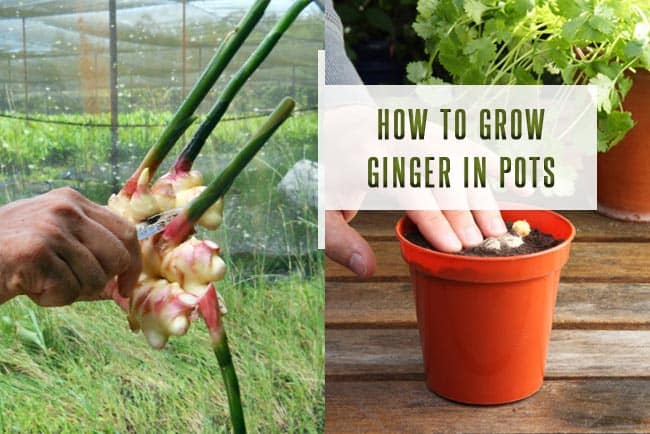

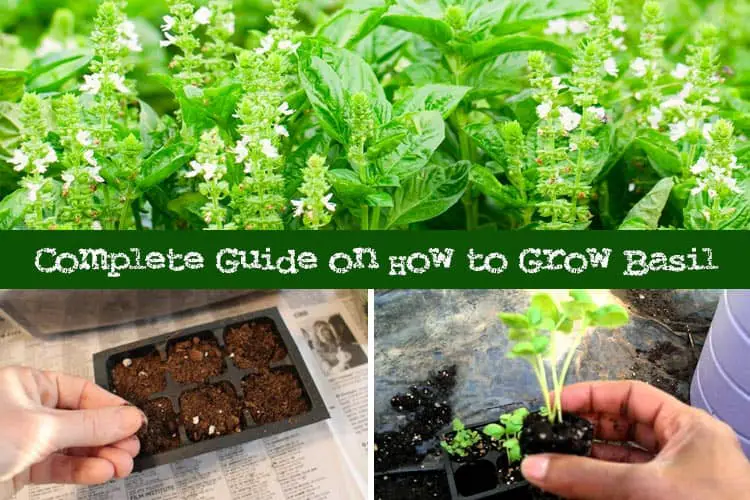
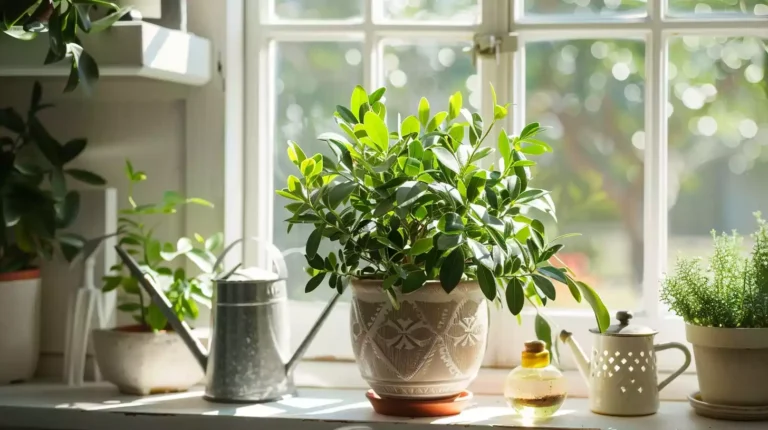
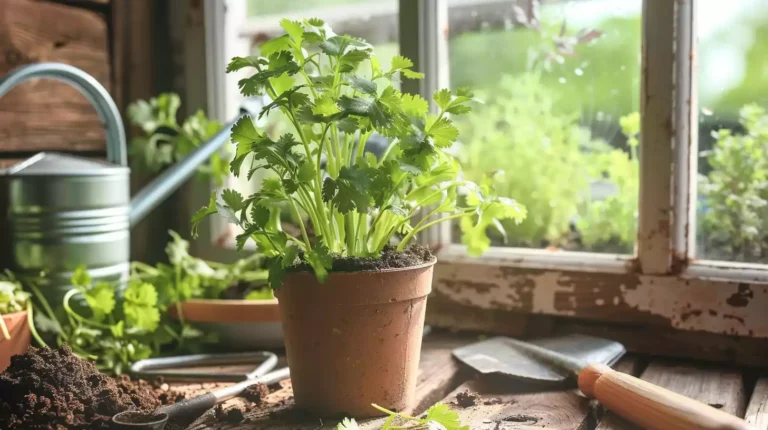
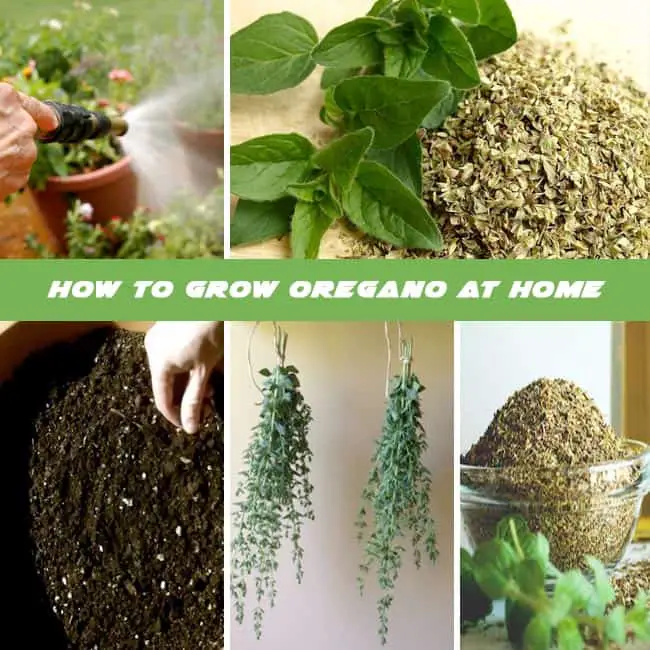
I’ve been growing dill for a few years now, and I couldn’t agree more with what Kathleen H mentions about the importance of well-draining soil and ample sunlight. I’ve found that a mix of potting soil with a bit of sand added for drainage has worked wonders. Also, placing my dill containers where they can get at least 6 hours of sunlight has indeed made a significant difference in their growth. It’s fascinating how these small changes can yield such great results!
Totally agree, MarieL89. It’s all about getting those basics right. I’ve also found adding a little compost helps with growth.
That’s super helpful, thanks! Do you think these tips would work in slightly colder climates too?
lol everyone knows sunlight is key for dill. Old news, Kathleen H.
Hey, was wondering if LED grow lights work well for dill too? Got limited sunlight in my dorm.
This article was a treasure trove of information. I’ve struggled with growing dill in the past, but I feel much more confident now with these tips, especially about the soil pH and drainage. I had no idea how crucial these factors were. Excited to try again this planting season. Thanks so much for sharing, Kathleen H!
Interesting article, Kathleen H! However, I think there’s a missing piece about the role of technology in modern gardening practices, especially for dill. Using soil moisture sensors and automatic watering systems can significantly reduce the workload and improve dill health. Also, advanced LED grow lights with specific spectra can enhance growth and flavor. It’s time we embrace these advancements to not only follow traditional guidelines but also adapt to the advantages of technology.
Couldn’t agree more, N3rdyG4rd3ner! Technology can truly revolutionize gardening.